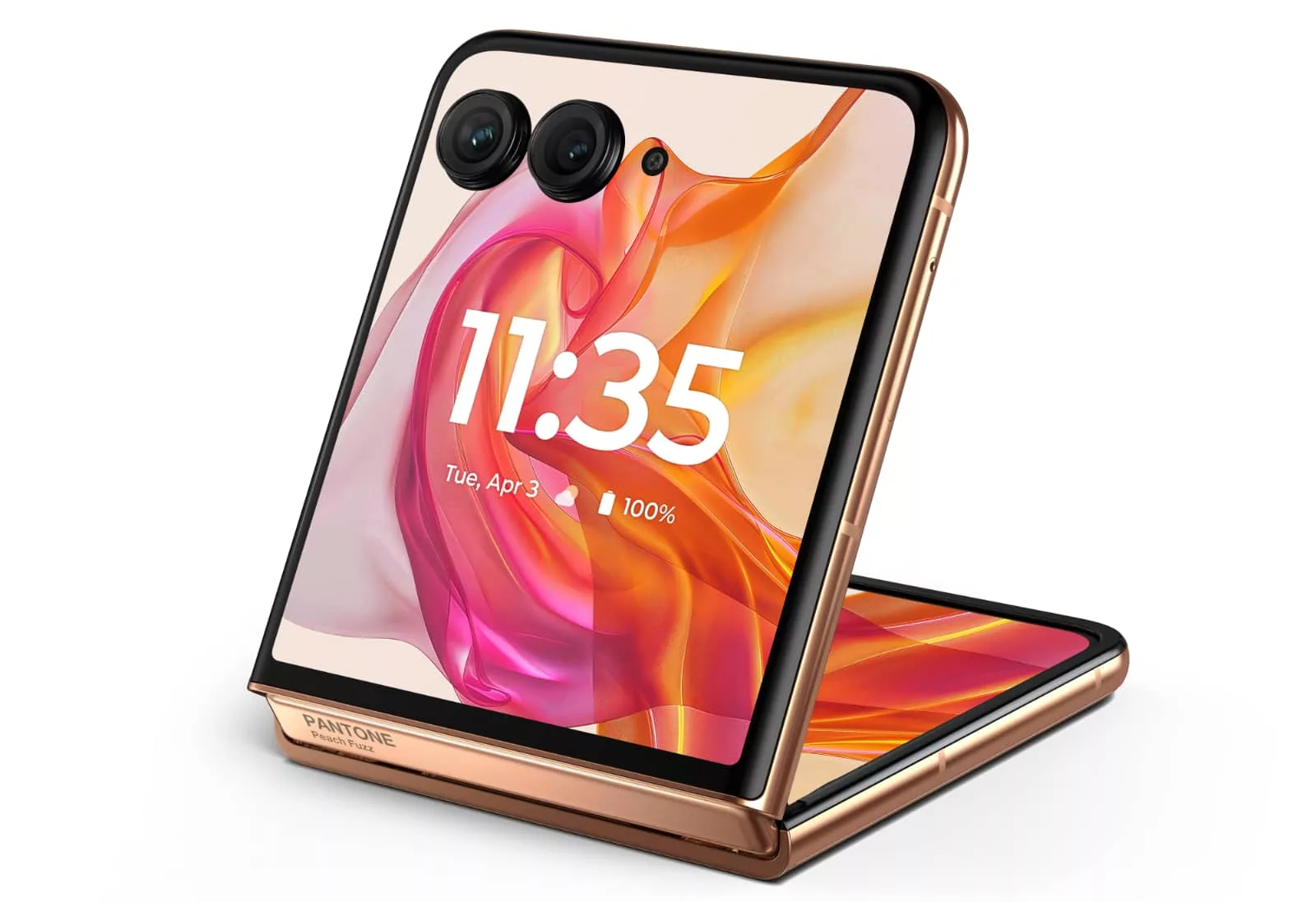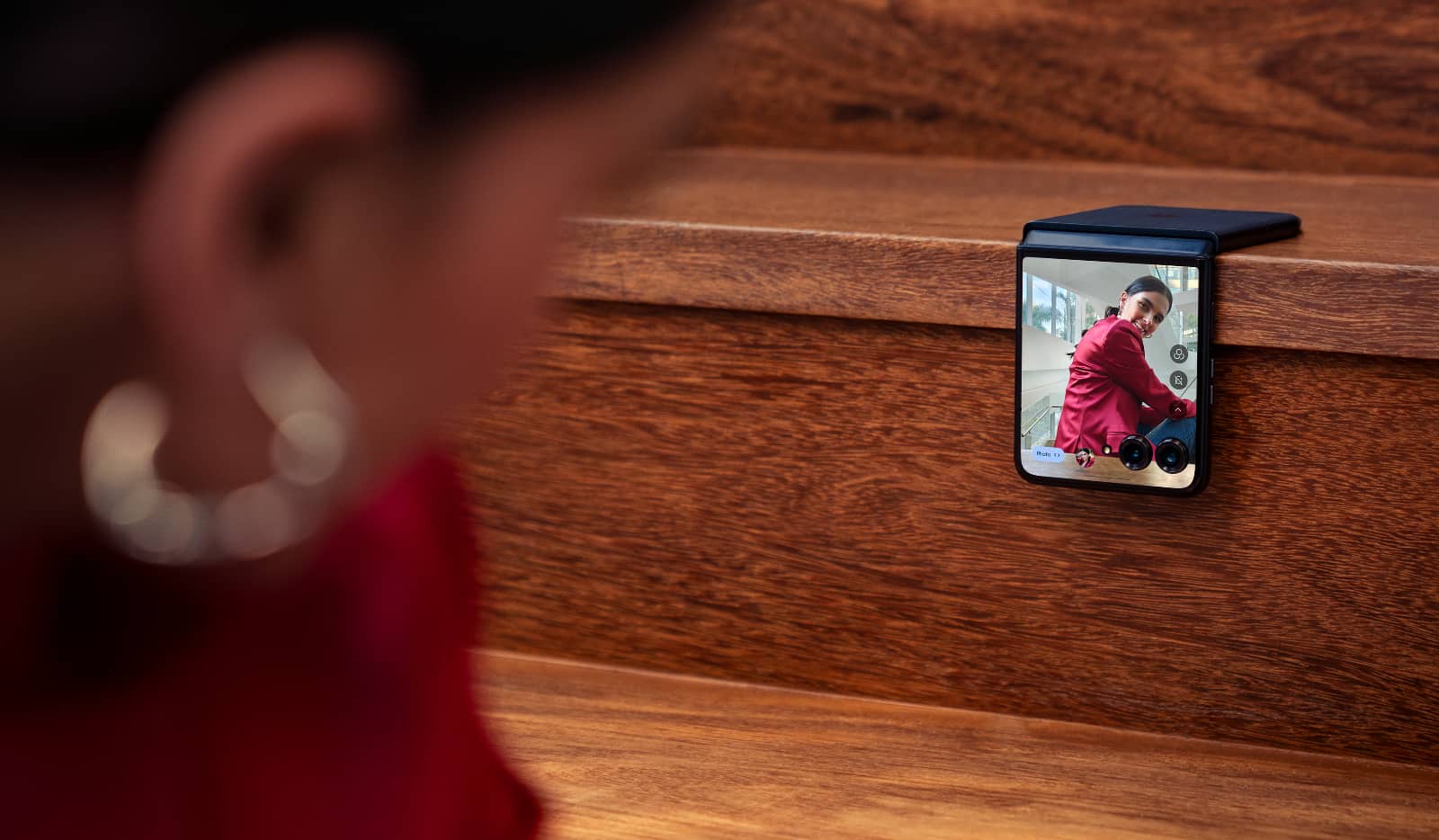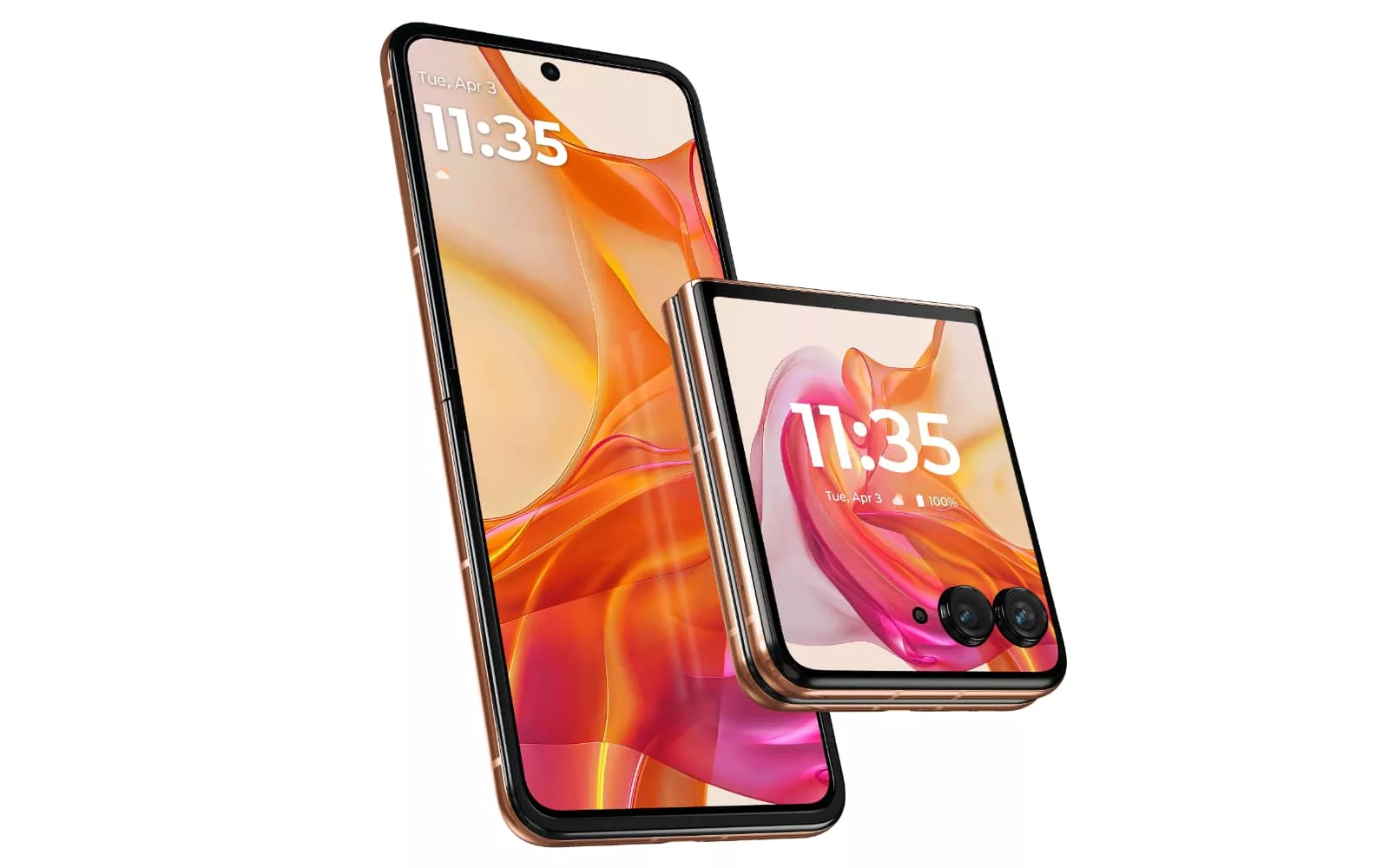Last year’s big screen foldable Razr turned heads and impressed, so naturally this year, Moto is improving the formula.
It has taken a few years, but foldable phones are finally becoming a genuinely intriguing area, with some models taking charge.
Samsung may well have kicked off the category, but Motorola appears to be one of the main companies pushing on ahead, and last year’s Razr duo certainly helped. Between the flagship Razr 40 Ultra and the more cost-effective Razr 40, Aussies sure had a choice of great compact foldables, and that’s before you took into account the other models appearing, such as from Samsung and Oppo.
But it was the Razr 40 Ultra that impressed us greatly, nabbing Pickr Best Pick awards in two categories. Not too shabby.
This year, Motorola seems intent on improving that formula, readying an updated take in the Razr 50 Ultra. Yes, it’s a new number for a new name, but it’s not just a few digits that are changing.

The latest Razr handset updates and refreshes that compact phone style by increasing the size of the screen on the outside, jumping from a 3.6 inch display to a larger 4 inch pOLED, and even increasing what you can do with that second screen. More apps will be available to it, meaning more time spent looking at the smaller screen, which in turn may mean more battery life overall.
Not to be forgotten, the inside screen of the Razr 50 Ultra sees a 6.9 inch pOLED display which is much the same as the last generation, while the inside updates other things. The chip is now a Qualcomm Snapdragon 8s Gen 3, and upgrade on the 8+ Gen 1 from last time, with 12GB RAM and 512GB storage.
It’s a pretty premium setup overall, and one that’ll see Corning’s scratch-resistant Gorilla Glass Victus on the front with vegan leather on the back, all encased with an aluminium frame.
The phone itself is IPX8 water resistant and comes with a 4000mAh battery, as well as a change on the camera side.

There are still just two rear cameras, as well as an internal selfie camera. But the rear cameras are no longer just wide and ultra-wide, as Moto moves to a more useful wide and telephoto combination.
As such, you can expect to find a 50 megapixel F1.7 wide camera and a 50 megapixel F2.0 2x telephoto, both of which downsample to 12.6 megapixels when capturing images. Meanwhile, there’s a 32 megapixel F2.4 selfie camera on the inside, but you can also use those rear cameras as a selfie mode because of the external screen.
Armed with that selfie screen and the flip-style hinge, the Razr 50 Ultra can be set up rather like a tripod, and aim the camera at you while you see yourself on the screen. It’s a clever approach we’ve liked in every foldable phone since.

However, Motorola is giving the new Razr some equally new tricks, supporting AI image stabilisation (which may be helped by how it sits on a surface) as well as a desktop image and media showcase that can show pictures and the music you’re listening to rather like a small smart display of sorts.
There’s more, of course, with AI features joining the list, including image editing, wallpaper generation, and even an image maker from text prompts.
This is a year where AI seems to appear in everything, the latest phones included.

One thing Motorola hasn’t talked up yet is the sibling model, at least not in Australia.
Elsewhere in the world, the standard Moto 50 look set to replace the more cost-effective Moto 40, and it will get a big screen to match, albeit one that isn’t as big as in the Ultra model.
However, there’s no local price for the Razr 50, nor is there availability information just yet, which is much the same for an upcoming Android-based AirTag competitor coming from Motorola in the Moto Tag.
Australians keen to try the Razr 50 Ultra can expect to find it from July 17, priced at $1699 locally and available in blue, green, and Pantone’s colour of the year, “Peach Fuzz”.







